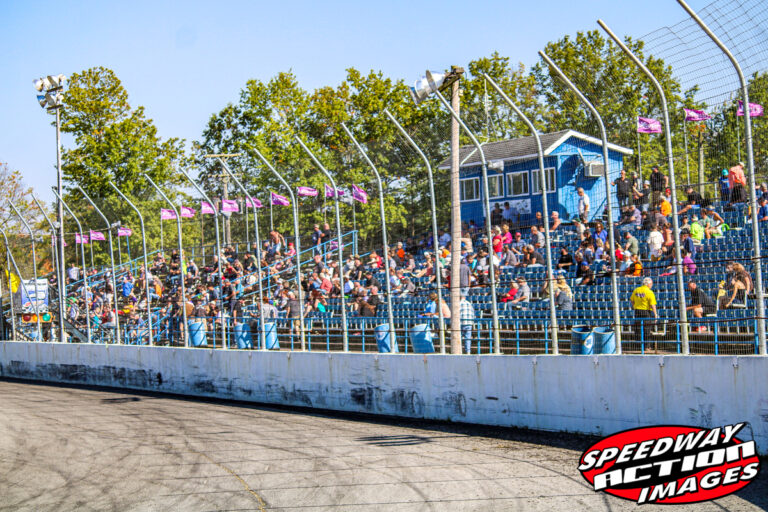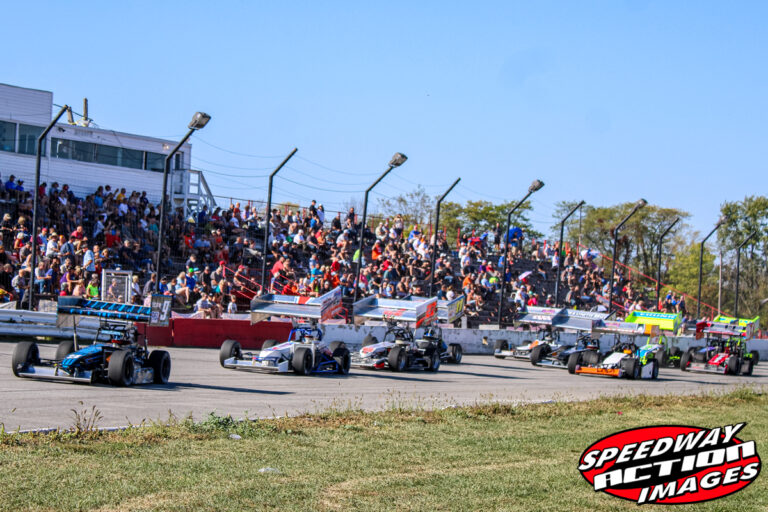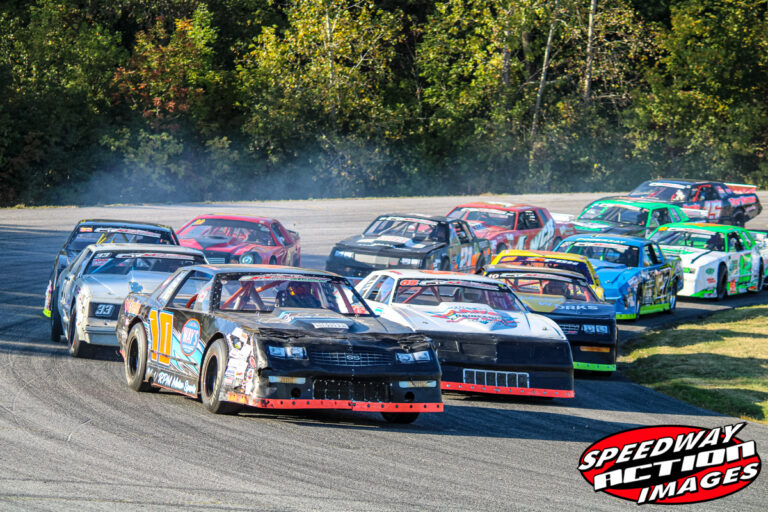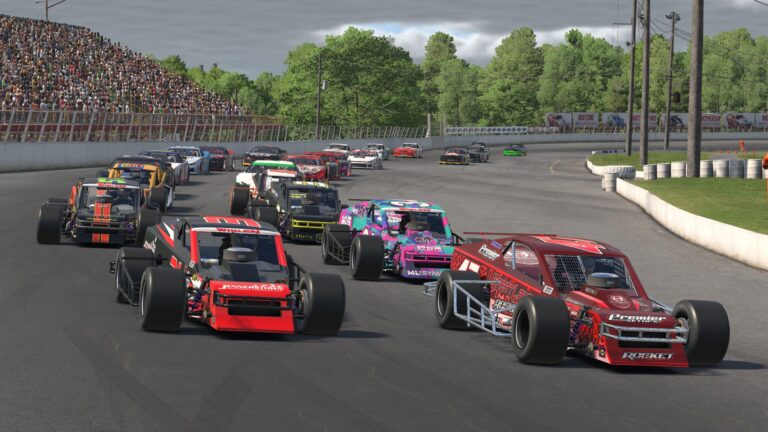
Jim Foose Speedway Action Magazine
The problem with asphalt racing that’s causing a steep decline in spectator attendance and participation along with closing tracks is self inflicted. In Part One of this series, we look at the
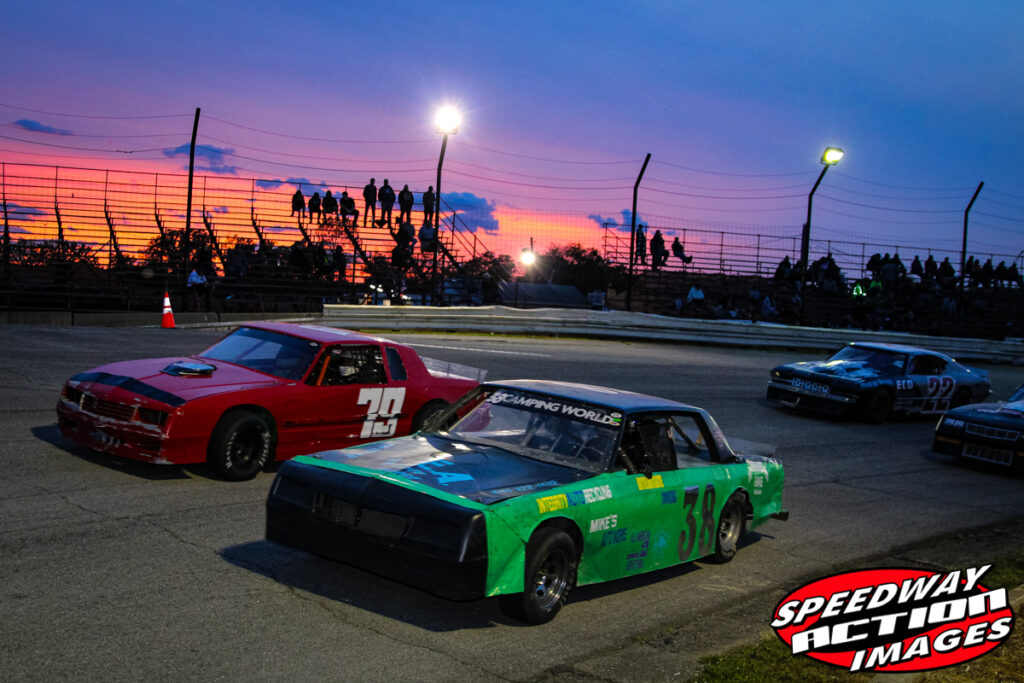
Too Many Classes
It’s no joke that as soon as a class starts building at an asphalt track, they start another. There’s so many classes of “Stock Cars”, a typical weekly show card could read like a Wall Street ticker. There’s Street Stocks, Pure Stocks, Ohio Stocks, Mini Stocks, Crown Stocks, Grand American Stocks, Hobby Stocks, Super Stocks, Cube Stocks, Detroit Iron Stocks, Pony Stocks, Stock Stocks, Thunder Stocks, Trophy Stocks, Hornet Stocks, Compact Stocks, Strictly Stocks, Factory Stocks, Supermodified Stocks, Late Model Stocks, Grand National Stocks, Sport Stocks, Renegade Stocks , Modified Stocks, Not so Stock Stocks, 4 cyl. Stocks, 6 cyl. Stocks, Cruiser Stocks, and NASDAQ Stocks.

The problem isn’t having everyone competitive, years ago there were drivers who raced for 20+ years and never won a feature event, today it seems they hand out feature wins like they are participation trophies. The problem is the payout, a class splits off the original class, for our example we will choose the Street Stocks, which have a deceiving name because there is nothing “Street” nor “Stock” about those cars today, so a group of drivers get together and start asking for a cheaper class, thus the Pure Stock class is born, taking cars from the “Street Stocks” diluting their field down that theoretically was 20+ to now 12 cars showing up, while the other eight are now racing in the “Pure Stocks”, which by the way race on the same tires and have only minimal limitations in the engine compartment than their Street Stock counterparts, so much so that Driver X decides he is going to race in both classes each night.

Payouts are considerably “top heavy”, paying out the highest amounts to the winner and usually the top three or five finishers at each event, having 20 cars in a class usually makes for a competitive race but also allows the Promoter to collect pit pass and entry fees from all 20 drivers and their crew members, usually covering the payout. Drop that number down to eight or ten and the Promoter is still paying out the top heavy purse to the top finishers, while not having the income from the 11th-20th place runners because they aren’t there. So the “break even” point is not being met because simply there aren’t enough cars to go around.
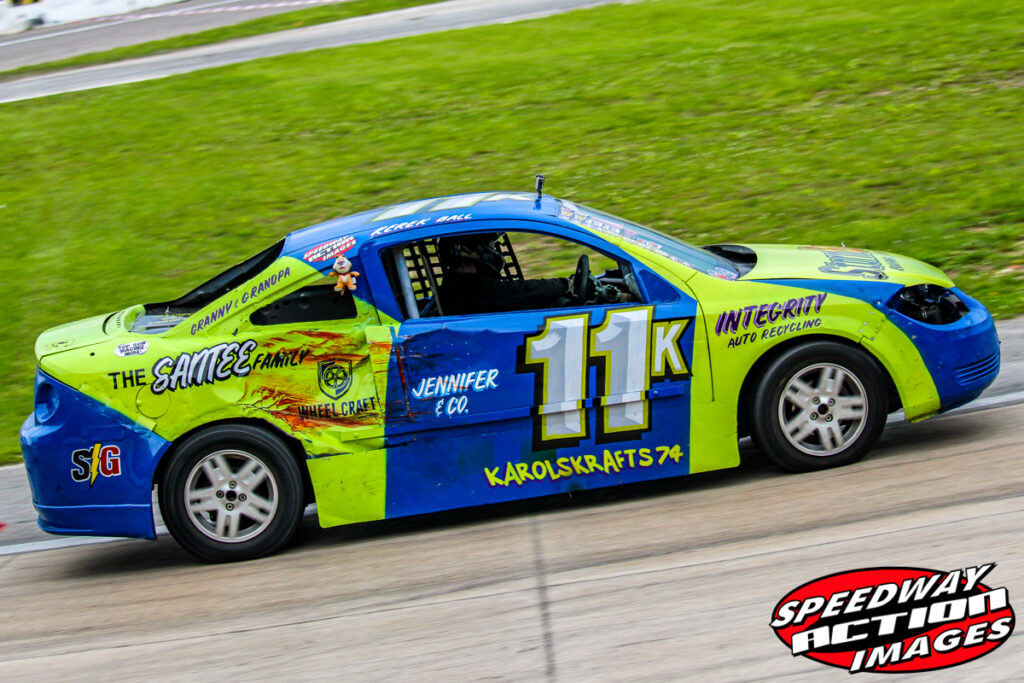
Another example of too many classes being similar was on full display in early July at Painesville Speedway. Kerek Ball, a regular front runner in the Warrior class decided to pull double duty, running the Warrior race and the Ohio Pro Compact event that night with the same car. Not only is this confusing for fans, it shows the problem with having so many classes of cars with only minor differences. The changes, able to be made during a short time between races, were minimal and included a swap of tires and wheels. Then the car was swapped back over to run the Warrior feature.
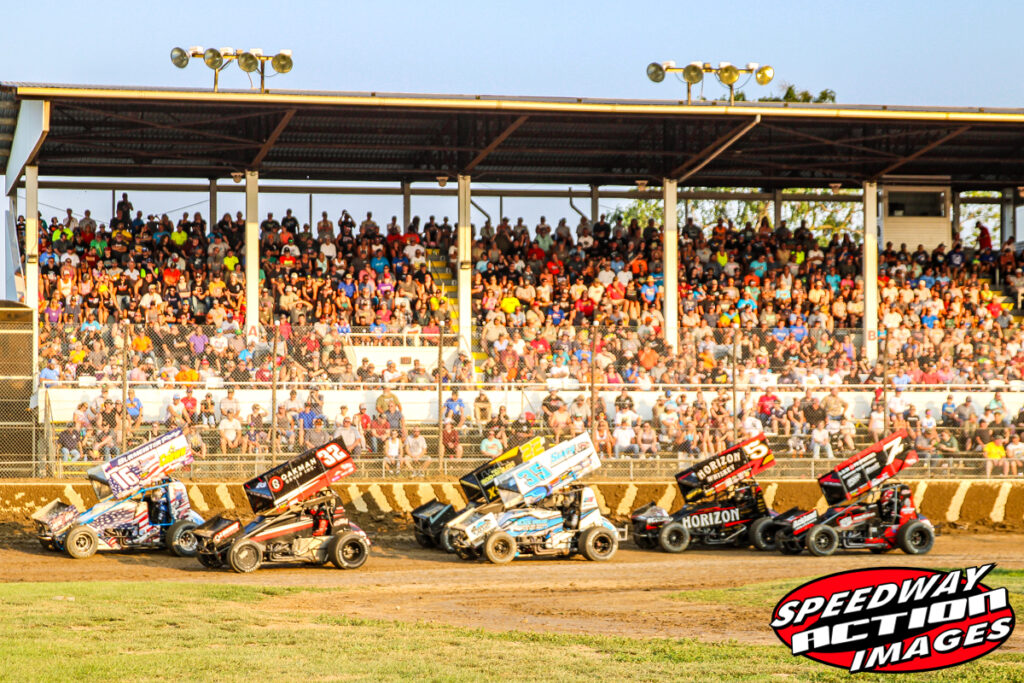
The amount of time an asphalt program takes from start to finish compared to dirt is another factor driving fans away from asphalt racing. A typical dirt program, even for the top level Sprint Car and Late Model series has green-white-checkered hotlaps, that’s two green flag laps. Meanwhile at the asphalt track there’s two, sometimes three sessions of eight to ten laps spread out over hours. Fans flock to the track to watch hotlaps because they are exciting, fast paced and set the tone for the night. Even with push to start sprint cars, a typical hot lap session for a full field of 40 cars is done in 15 minutes or less.

The #1 problem for all short tracks is rising costs compounded by dwindling car counts and low fan attendance. Other factors play into the equation and that’s what we will look at throughout this series. Nobody wants to see a track close, as race fans we want to see every track thrive. Sadly, that is not the way the sport is heading currently.
In the next part of this series we will be looking into the tracks themselves, aging facilities and rising costs.
Discover more from Speedway Action Magazine
Subscribe to get the latest posts sent to your email.

